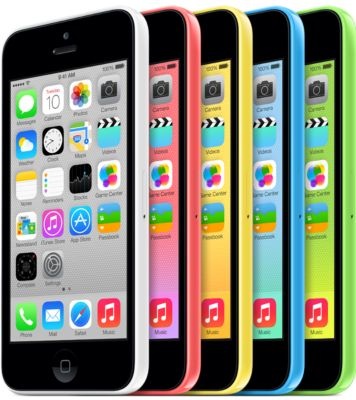The upcoming iPhone 6 has been incorporated into a new concept video by designer Sam Beckett, which was initially posted to The Verge forums. According to the dimensions Beckett provides, his “iPhone Air” concept includes a 4.7-inch display, a 1920 by 1080 resolution and 468 pixels per inch.
Beckett’s concept is 8 percent larger than the iPhone 5s and 9 percent thinner. The slimmer profile is in line with previous iPhone 6 rumors, which have suggested Apple has improved itsbacklighting technology to allow for thinner devices.
The phone is only 8% larger than the existing iPhone 5S, this increase is to accommodate the larger screen. Some extra space could be potentially utilised by reducing the width of the side bezels and by also slimming down the top and bottom of the phone frame too. The depth of the iPhone Air is 7mm, coming in 0.6mm smaller than it’s predecessor. This modest reduction in the device depth and larger increase in the width and height could help create a bigger space for the battery and other components.
Like several other iPhone 6 concepts, Beckett’s design keeps the same general size and shape of the existing iPhone 5s while doing away with thick side bezels. The design incorporates thinner side bezels with a sapphire crystal display, both features the phone is rumored to include.
Beckett also draws on a number of other rumors for the video, suggesting the iPhone 6 will include a 10-megapixel sensor with an aperture of f/1.8 and a faster A8 chip, which is reportedly already in production with TSMC.
As with any concept, it is unclear if these ideas and rumors will make it into the next-generation iPhone, but the video does imagine how a larger iPhone could possibly look. Apple is said to be developing two larger iPhones for release in 2014, one near 4.7 inches and one quite a bit larger at approximately 5.5 inches.







